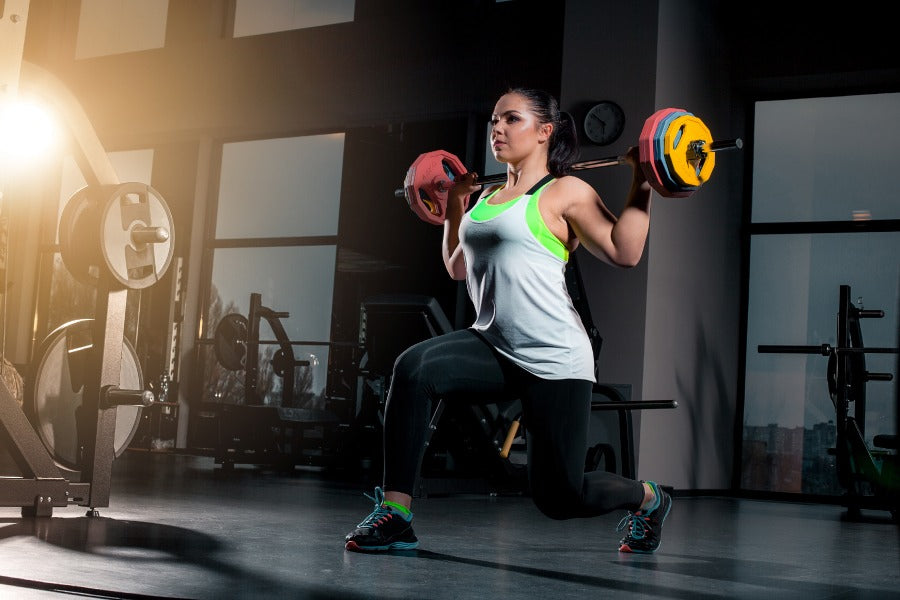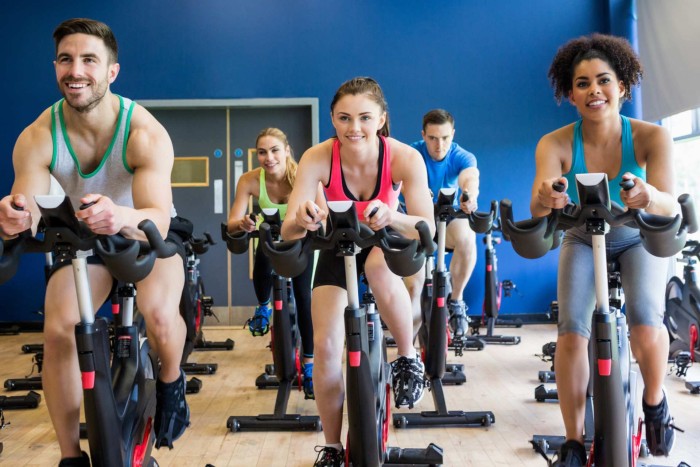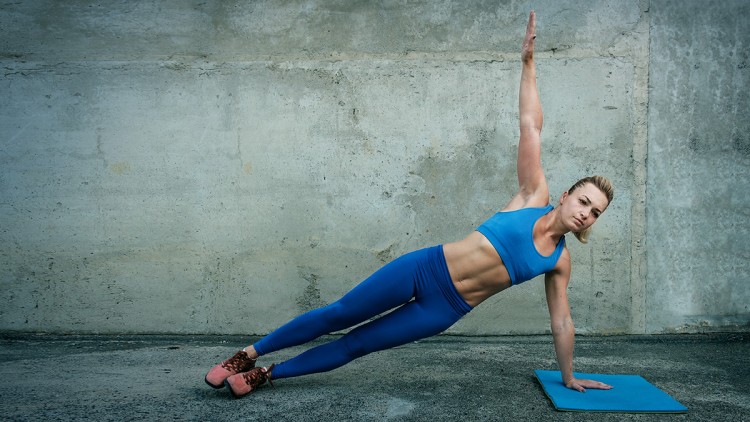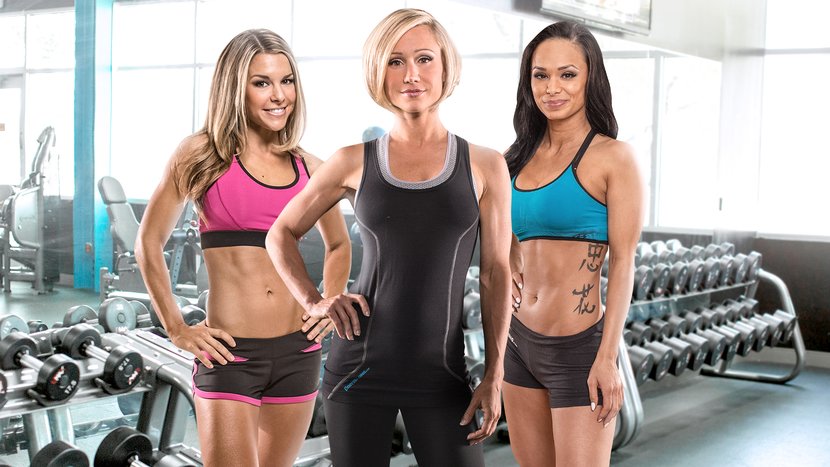Fitness is essential for everyone, but it plays a particularly crucial role in the lives of women. Whether it's about maintaining a healthy weight, boosting mood, or reducing the risk of chronic diseases, regular workouts offer numerous benefits. This article will guide you through the best 5 fitness workouts for women, providing insights on how to get started, what to focus on, and tips to make the most out of each session.
Benefits of Fitness Workouts for Women

Physical Benefits
Regular exercise helps in building and maintaining muscle mass, increasing bone density, and improving cardiovascular health. It also aids in weight management, enhances flexibility, and boosts overall stamina.
Mental Health Benefits
Exercise is a powerful mood enhancer. It can help reduce symptoms of depression and anxiety, improve sleep quality, and increase overall mental well-being. The endorphins released during workouts act as natural stress relievers.
Long-Term Health Benefits
Long-term commitment to fitness can lead to a reduced risk of chronic diseases such as heart disease, diabetes, and certain types of cancer. It also supports a healthier aging process, keeping you active and independent as you grow older.
Criteria for Selecting the Best Workouts

1. High-Intensity Interval Training (HIIT)
High-Intensity Interval Training, or HIIT, is a powerful workout for women. It alternates short bursts of intense exercise with rest periods. This method effectively burns calories and boosts metabolism. HIIT workouts can include exercises like sprinting, jumping jacks, and burpees. They are efficient and can fit into a busy schedule. Aim for at least three sessions per week to see significant results.
2. Strength Training
Strength training is essential for building muscle and improving overall fitness. Women often shy away from weights, fearing bulkiness, but strength training actually tones and strengthens. Incorporate exercises such as squats, deadlifts, and bench presses. Start with lighter weights and gradually increase as you become more comfortable. This type of workout not only enhances muscle definition but also supports bone health and boosts metabolism.
3. Yoga
Yoga is perfect for women seeking flexibility and mental clarity. It combines physical postures with breathing techniques and meditation. Practicing yoga regularly can reduce stress, improve posture, and increase flexibility. There are various styles, from Vinyasa to Hatha, each offering unique benefits. Incorporate yoga into your routine at least twice a week to experience its holistic advantages.
4. Pilates
Pilates focuses on core strength, balance, and flexibility. It is an excellent workout for women of all fitness levels. Pilates exercises emphasize controlled movements and proper breathing. This workout is particularly beneficial for improving posture and reducing back pain. Include Pilates sessions two to three times a week to build a strong, stable core.
5. Cardiovascular Exercise
:max_bytes(150000):strip_icc()/Health-GettyImages-1411330495-f398930655c5431d85983febb6aa5f7c.jpg)
Cardio workouts are crucial for heart health and overall endurance. Activities such as running, cycling, and swimming fall into this category. Cardiovascular exercises help in burning calories and improving stamina. Aim for at least 150 minutes of moderate cardio per week. Mix different types of cardio workouts to keep your routine exciting and challenging.
Conclusion
Staying active is essential for maintaining health and well-being. By incorporating strength training, HIIT, yoga, Pilates, and cardio dance into your routine, you can enjoy a balanced and effective fitness program. Remember to listen to your body, stay consistent, and most importantly, have fun with your workouts.
FAQs
Q. How often should women work out?
Ans: Aim for at least 150 minutes of moderate aerobic activity or 75 minutes of vigorous activity per week, combined with muscle-strengthening activities on two or more days a week.
Q. What is the best time of day to work out?
Ans: The best time is whenever you feel most energetic and can maintain consistency, whether it's morning, afternoon, or evening.
Q. Can I do these workouts at home?
Ans: Yes, many of these workouts can be done at home with minimal equipment.
Q. How do I know if I'm overtraining?
Ans: Signs include persistent fatigue, decreased performance, increased injuries, and mood changes. Listen to your body and ensure you have adequate rest.
Q. What should I eat before and after a workout?
Ans: Before a workout, eat a small snack with carbs and protein. Afterward, focus on a meal with protein and carbs to aid recovery.






